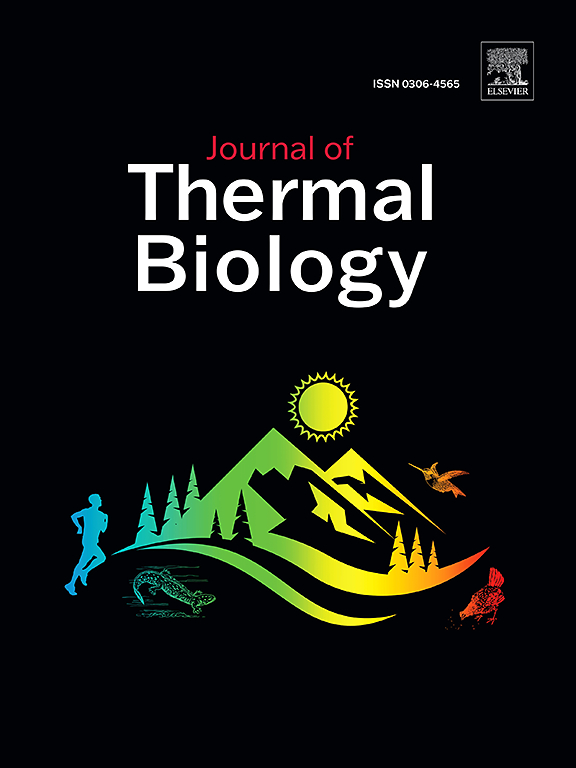Behavioural thermoregulation (thermotaxis) is essential for soil invertebrates to evade thermal extremes in terrestrial environments. Extensive and continuous use of copper (Cu) based products has led to elevated Cu concentration in soils across the globe and in some areas reaching concentrations that are hazardous to soil invertebrates. We hypothesised that environmental stressors, for example, exposure to heavy metals may compromise the adaptive behavioural thermoregulation of organisms, but very little is known of such interactions. In this study, we chose Cu as a model toxicant and investigated the potential effect of Cu-contaminated soils on the behavioural thermoregulation of springtails (Folsomia candida). We measured the distribution of springtails when placed on a temperature gradient ranging from 6 to 46 °C and estimated their thermal preference as an indicator of behavioural thermoregulation. Results showed that within 60 min of being introduced to the thermal gradient, the distribution of springtails was unimodal with slight skewness towards high temperature. Springtails exhibited a consistent preferred temperature range of approximately 21–23 °C across all Cu exposure levels and time points. However, Cu contamination increased the frequency of springtails recorded along the gradient where temperature was above 30 °C. We interpreted this observation as Cu-exposed animals having an elevated risk of entering heat coma and not being able to evade noxious temperatures. We conclude that Cu contamination does not alter the thermal preference of F. candida but compromises their ability to tolerate extreme high temperature. Incorporating behavioural responses into ecotoxicological assessments provides ecologically relevant insights into the impacts of chemical pollution on soil ecosystems.


